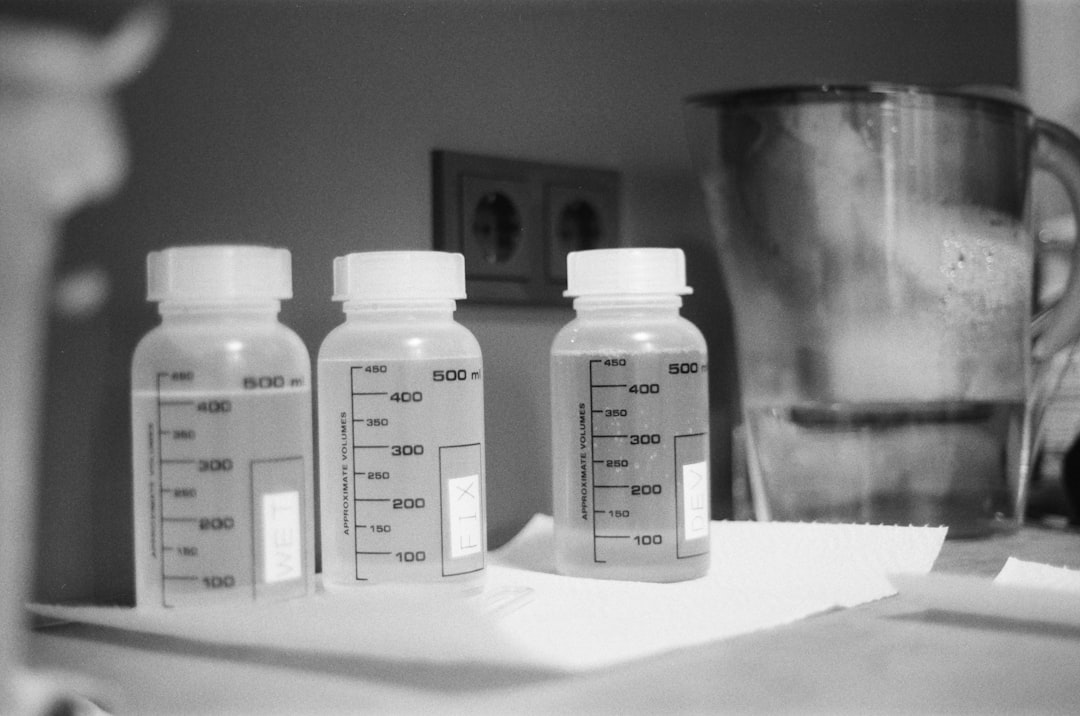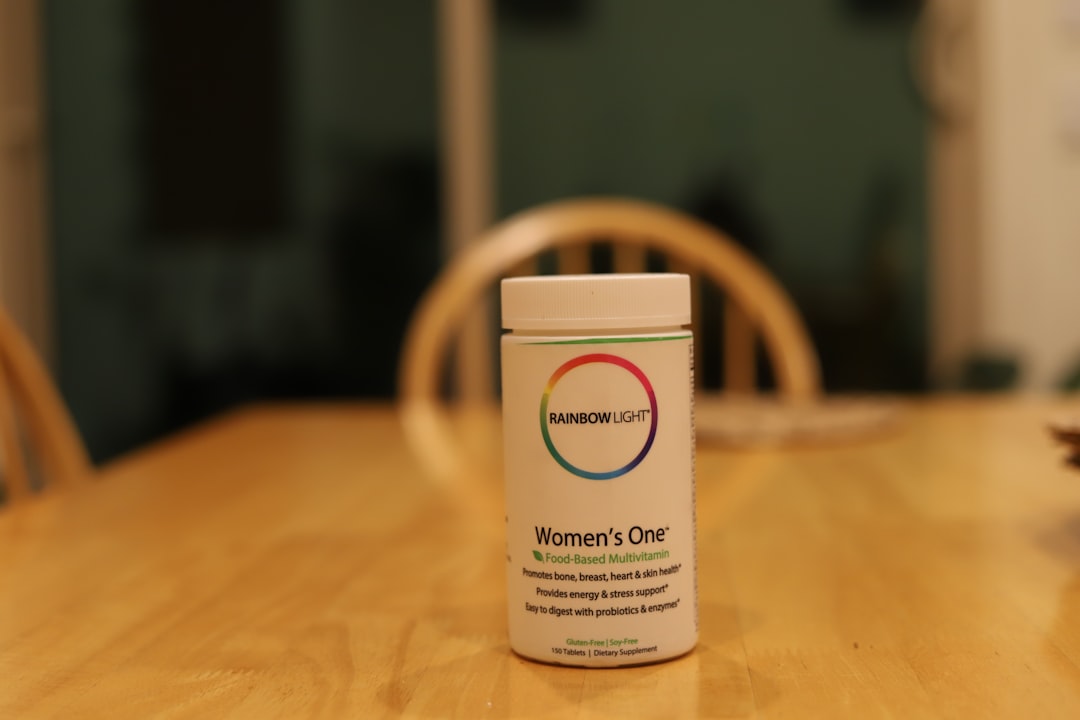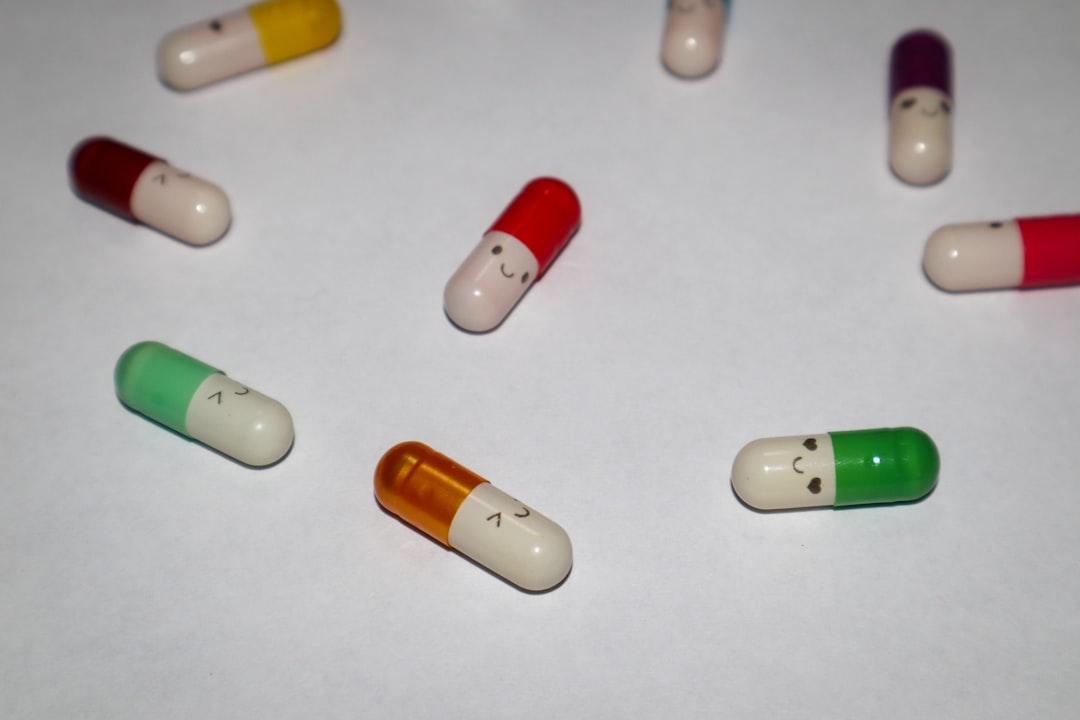

Engage prospects with a scan and streamline customer engagement with FREE QR code marketing tools by Sona – no strings attached!
Create a Free QR CodeFree consultation

No commitment

Engage prospects with a scan and streamline customer engagement with FREE QR code marketing tools by Sona – no strings attached!
Create a Free QR CodeFree consultation

No commitment
In today’s digitally driven world, QR codes have evolved from a novelty to a strategic powerhouse for bridging offline patient interactions with online feedback in healthcare settings. For homeopathic clinics, QR codes offer a simple, low-cost way to capture timely feedback, collect outcome data, and transform waiting room materials or take-home packaging into immediate, measurable engagement. Patients can scan with their phone’s camera, share their experience or report symptom changes, and your team receives structured data you can act on.
Used thoughtfully, QR codes can help homeopathic providers reduce reliance on paper forms, improve response rates compared to email-only surveys, and streamline the loop between treatment and follow-up. This article shows how to plan, design, deploy, and analyze QR-powered feedback programs so every visit ends with a clear path to improvement and stronger patient relationships.

QR codes bridge the gap between physical touchpoints and digital outcomes, making it easier to achieve real business goals like gathering high-quality patient feedback in homeopathic clinics. When patients can scan and respond in the moment, you capture insights while impressions are fresh, reduce friction, and collect richer detail that supports clinical and operational decision-making.
Here is how to do it effectively without adding complexity to your front desk or practitioner workflows. Replace analog processes like suggestion boxes, paper comment cards, or phone follow-up calls with QR codes that open mobile surveys or review prompts like Google Reviews, or quick check-in forms that take less than two minutes to complete. You will see higher participation, more structured data, and faster turnaround on issues that matter.
Growth-focused clinic owners and operations leaders can use these steps to replace manual workflows, create a smoother patient experience, and show measurable improvement in satisfaction and reputation. You do not need custom apps or heavy IT support. You only need clear goals, good placements, and a simple feedback journey patients trust.
And yes, Sona QR is built to support every step of this transformation, from generating dynamic QR codes to routing scans into surveys, reviews, or check-ins with full analytics.

QR codes solve a range of modern challenges that homeopathic clinics face when trying to capture accurate, timely feedback. Paper forms get lost, email surveys arrive too late, and phone calls interrupt busy patients. QR codes let you ask at the right moment and make answering fast. For a broader view of applications, see how QR in healthcare improves patient communication.
In practice, this looks like appointment reminder cards that say “Scan to tell us how we did”, discharge sheets with “Scan to report how you feel in 3 days”, and invoices that offer “Scan to rate your visit and receive follow-up tips”. The more you connect real-world materials to purposeful digital actions, the faster you will close the loop between care and insight.
QR codes can flex to meet many communication and data collection needs in a clinic. Several formats are especially useful for homeopathic feedback workflows and follow-ups.
With Sona QR, you can generate all of these formats, centralize management, and use dynamic links so you can update destinations without reprinting. For feedback gathering specifically, focus on web link QR codes tied to branded, mobile-friendly surveys, since they deliver the best completion rates and are easiest to track end to end.

Use QR codes wherever your offline audience already engages with your brand. In homeopathic clinics, the right placement turns routine touchpoints into feedback moments that feel natural and respectful of patient time.
Successful deployments pair each placement with a clear call to action and a short promise of value. If you link to a quick survey and offer a small perk such as downloadable wellness guidance or early access to workshops, you will see higher participation and more useful insights.

Homeopathic clinics can use QR codes in targeted ways to collect meaningful feedback and measure results. Here are three high-impact use cases mapped to common patient interactions.
Each of these use cases aligns with real patient touchpoints and can be implemented without changing core clinical systems. Start with one, validate your workflow, and then expand to multiple touchpoints across the patient journey.
Each QR scan carries context about the patient’s journey, which can inform segmented follow-ups that are compliant and helpful. By deploying unique QR codes across different touchpoints, you can build audiences that reflect visit type, treatment plan, and intent.
Use different QR codes for awareness at community events, for in-clinic feedback post-visit, and for remedy follow-up at home. With distinct codes for each stage, you can identify cohorts like new patients, returning patients, and long-term chronic care patients. That context informs what message you send next.
With Sona QR, each QR code becomes a smart entry point that tags audience attributes based on behavior, which allows your clinic to send relevant, respectful follow-ups. For homeopathic clinics, useful distinctions include new patients versus established patients, acute care visits versus chronic care consultations, and in-clinic scanners versus at-home scanners. These segments improve the relevance of your communication and the likelihood of continued engagement.
QR codes are not just shortcuts. They connect your offline presence to your digital tools, creating a measurable patient journey across channels. When integrated into existing materials, they turn passive content into active data collection and engagement.
Here is how QR codes enhance your broader marketing and patient communication strategy in homeopathic clinics:
QR codes serve as the offline onramp to your digital engagement engine. With a centralized platform like Sona QR, you can manage all codes, monitor performance, and sync scan data with your CRM. This gives you insight into which channels drive feedback and which materials need improvement.
Every effective QR program follows the same fundamentals. Use this checklist to plan and launch a feedback-focused campaign in your homeopathic clinic. The steps below explain what to do, why it matters, and how to avoid common pitfalls.
Start by defining one clear goal such as “Collect post-visit satisfaction feedback within 24 hours” or “Capture day-3 outcome check-ins for remedy efficacy”. Tie the use case to a measurable outcome like a 30 percent increase in survey completions or a two-point rise in average rating.
Decide between static and dynamic QR codes. For feedback and continuous improvement, dynamic codes are best since they allow tracking, link updates, and A/B testing over time.
Design influences whether people scan. Make the code large enough, position it in the natural reading path, and pair it with a benefit-forward call to action.
Roll out the code to the placements that match your goal and audience. Start with a few high-visibility spots, measure, then expand.
Use measurement to improve your content and placements. The first week of data often reveals quick wins.

QR codes are about more than engagement. For clinics, they turn patient interactions into measurable insights that inform operations, reputation, and growth. When you track scan behavior and link it to outcomes, you understand what is working and where to invest.
It is not enough to know that someone scanned a code. You need to know if the scan resulted in a completed survey, a published review, or a follow-up request. Traditional tools often stop at the scan. With Sona QR and Sona.com, you can connect scans to downstream actions and calculate the impact on patient retention, referrals, and revenue.
The result is a feedback engine that not only improves patient experience but also fuels clinic growth. You will know which moments produce the most reviews, which materials drive responses, and which outreach improves adherence and outcomes. That clarity helps you scale what works and stop what does not.
Use these best practices to get more value from your QR code campaigns in homeopathic clinics. Focus on tips that match your most common materials, guide a clear patient journey, and leverage the tools you already use.
Creative deployments that work well in clinics include QR codes on reusable loyalty cards for discounted wellness workshops tied to a feedback form, and QR codes on invoices that open a “rate your visit” page before offering receipt download. These small touches improve participation and keep your feedback cycle healthy.
You can generate and track your first QR codes for free with Sona QR. Start creating QR codes for free, then test placements within minutes and optimize based on real scan behavior.
QR codes are more than a shortcut. They are a strategy for turning every physical surface in your clinic into a digital entry point and every moment of interest into action. For homeopathic clinics, QR codes create a consistent path to collect feedback, monitor outcomes, and elevate patient experience without adding friction.
Here is what they deliver when implemented thoughtfully:
With Sona QR, you have everything you need to capture feedback at the source and convert it into measurable results. Centralized management, dynamic code updates, and integrated analytics make it simple to build a feedback program that scales with your clinic and keeps patients at the center of every improvement.
QR codes have transformed homeopathic clinics from passive feedback collection points into dynamic, insightful engagement tools. Whether it’s gathering patient feedback, enhancing the consultation experience, or streamlining follow-up communication, QR codes replace outdated methods with instant, mobile-friendly interactions that capture real-time data to improve care quality and patient satisfaction. Imagine having immediate access to authentic patient insights that help tailor treatments and boost clinic reputation.
With Sona QR, homeopathic clinics can create dynamic, trackable QR codes in seconds, update feedback campaigns instantly without reprinting materials, and link every scan to actionable outcomes—like improved patient retention and targeted service enhancements. No more missed opportunities or guesswork, just smarter, patient-centered care powered by data.
Start for free with Sona QR today and transform every patient scan into meaningful feedback, stronger relationships, and better health outcomes.
QR codes provide a simple, low-cost way to capture timely patient feedback, collect outcome data, reduce paper form reliance, improve response rates, and create a connected experience from visit to follow-up.
Look for clinics that use effective patient engagement tools like QR codes for feedback, have clear communication, and show measurable improvement in patient satisfaction and care outcomes.
They offer post-visit satisfaction surveys, remedy follow-up check-ins, review generation, symptom tracking, educational content access, and easy contact sharing via QR codes.
Clinics may use QR codes on brochures, flyers, or event materials that link to appointment booking forms or patient portals, enabling quick scheduling through mobile devices.
Effective strategies include placing QR codes on waiting room signage, after-care instructions, remedy packaging, receipts, direct mail, social media campaigns, and community event materials with clear calls to action.
QR codes allow patients to scan and respond immediately on mobile-optimized forms, resulting in higher participation, richer data, faster issue resolution, and reduced friction compared to paper or email surveys.
Ideal placements include waiting room posters, discharge sheets, remedy packaging inserts, receipts, after-care handouts, event flyers, and direct mail to capture feedback naturally during patient interactions.
Web link QR codes for surveys and reviews, vCards for contact sharing, SMS or email pre-filled messages for quick feedback, Wi-Fi access codes, and app download links are commonly used.
They can deploy unique QR codes at different journey stages to segment patients by visit type or treatment, tag actions like reviews or symptom reports, and sync data to CRMs for personalized follow-up communications.
Steps include choosing a clear use case, selecting dynamic QR codes, designing with clear calls to action, deploying across high-impact channels, training staff, tracking metrics, and optimizing based on data.
Tracking provides insights on scan volume, location, device, and campaign performance, links feedback to outcomes, enables real-time alerts, integrates with CRM systems, and helps attribute revenue to patient engagement.
Use unique codes per asset, add UTM parameters for tracking, educate staff and patients on benefits, automate follow-ups based on feedback scores, and test placements and calls to action regularly.
Use Sona QR's trackable codes to improve customer acquisition and engagement today.
Create Your FREE Trackable QR Code in SecondsJoin results-focused teams combining Sona Platform automation with advanced Google Ads strategies to scale lead generation

Connect your existing CRM

Free Account Enrichment

No setup fees
No commitment required

Free consultation

Get a custom Google Ads roadmap for your business






Launch campaigns that generate qualified leads in 30 days or less.
